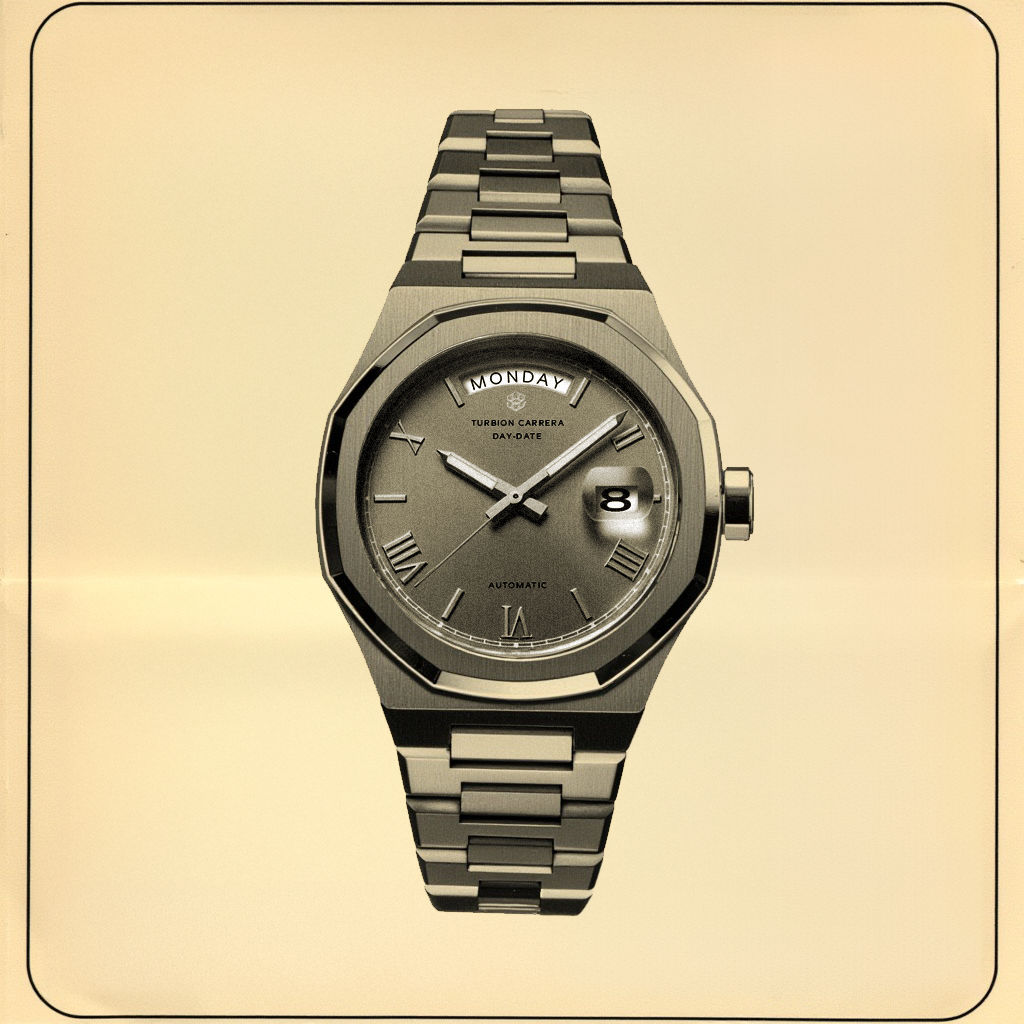If you’ve ever shopped for watches, you’ve likely come across the term "automatic watch". But what does it mean? Is it better than quartz or manual watches? This guide will explain everything you need to know about automatic watches—from how they work to why they’re so popular.
What Makes a Watch “Automatic”?
An automatic watch, also called a self-winding watch, uses the motion of your wrist to power itself. Unlike quartz watches (battery-powered) or manual watches (hand-wound), an automatic harnesses kinetic energy.
Key Components:
- Rotor: A semicircular weight that spins with wrist movement.
- Mainspring: Stores energy from the rotor.
- Escapement: Releases energy at a consistent rate to power the hands.
A Brief History of Automatic Watches
- 1770s: Abraham-Louis Perrelet develops the first automatic mechanism.
- 1920s: Rolex popularizes self-winding wristwatches.
- Modern Era: Automatics remain symbols of craftsmanship and luxury.
Why People Love Automatic Watches
1. No Battery Needed: Eco-friendly and convenient.
2. Craftsmanship: Intricate movements showcase watchmaking artistry.
3. Longevity: With care, automatics can last generations.
4. Status Symbol: Owning one reflects appreciation for tradition.
Drawbacks to Consider
- Require regular wear or use of a watch winder.
- Can be less accurate than quartz.
- Higher maintenance costs.
How To Maintain an Automatic Watch
- Wear regularly to keep it wound.
- Store in a watch winder if unused.
- Service every 3–5 years.
- Keep away from strong magnets.
FAQs
Q: Do I need to wind my automatic watch?
A: If worn daily, no. If unused, manual winding may be necessary.
Q: Are automatics waterproof?
A: It depends on the model—always check the water resistance rating.
Q: Why are they more expensive than quartz watches?
A: Their intricate mechanics and craftsmanship increase production costs.
💡 Pro Tip for Tubioncarrera.com Readers: An automatic watch is more than a timepiece—it’s wearable art. Explore our curated collection to find your perfect match.

Share:
What is the Average Wrist Size: A Guide to Finding the Ideal Watch for Your Wrist
The Ultimate Guide to Choosing Your First Luxury Watch